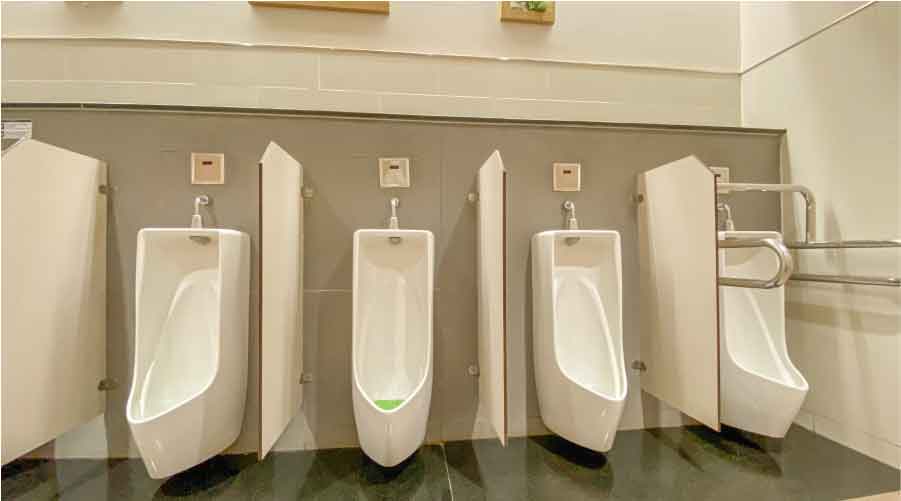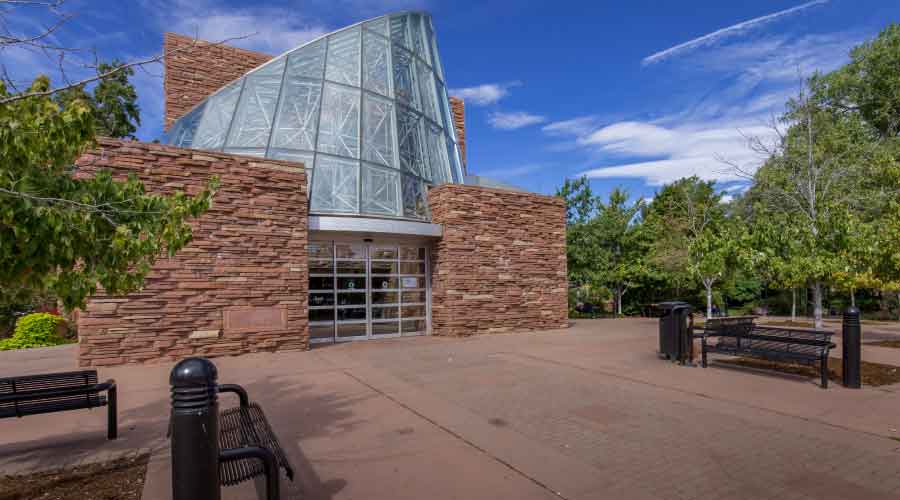
What is the WELL Equity Rating?
Kimberly Lewis of the International WELL Building Institute explains what the WELL Equity Rating means for facilities. March 16, 2023
By Jeff Wardon, Jr., Assistant Editor
Facilities managers are keen to make their buildings a welcoming and inclusive environment. The WELL Equity Rating from the International WELL Building Institute is one measure of that, as it provides a way for facilities to see where they are with their DEI goals. It also shows ways that a facility can either improve or grow even more with said goals.
To get a better idea of the WELL Equity Rating and the philosophy behind it, Kimberly Lewis of the International WELL Building Institute will present the session “Equity in the Built Environment” at the NFMT trade show later this month.
NFMT: What is the WELL Equity Rating?
Lewis: The WELL Equity Rating is hosted by the International WELL Building Institute, and it is a rating designed to advance organizations and places where everyone feels welcome, seen and heard. It is a new rating that helps organizations to act on their diversity, equity, inclusion and accessibility goals and improve company culture and employee health. It comprises of a subset of features from the overarching WELL Building Standard and these features spans six action areas. We intentionally focus first on the user experience and feedback, moving, then to responsible hiring and labor practices. Inclusive design is the third action area and fourth is health benefits and services. Then there is the fifth area of supportive programs and spaces. Lastly, there is the sixth area of community engagements.
The WELL Equity Rating is also a transformative new offering under the standard suite of offerings that empower organizations to make good on their promises with evidence-based strategies and actions that improve and strengthen company culture. We focused on targeted populations: those that were traditionally marginalized and underserved, including BIPOC, black, indigenous people, people of color, first generation immigrants, LGBTQ+ persons, primary caregivers, people who are physically disabled and people who are neurodivergent.
NFMT: What are the benefits of a diverse and inclusive workspace?
Lewis: As we know diversity, equity, and inclusion are the very foundation to healthier, stronger and thriving organizations. It benefits the most valuable asset of any organization, which is your people, but ultimately it benefits the organization’s bottom line. It also creates credibility for an organization’s sphere of influence in the community and how they are perceived as well.
Multiple studies show that employees in diverse and inclusive workplaces are more likely to innovate, enjoy their jobs, work harder and ultimately stay with their employers far longer. Retention is a huge piece of this. We are also thinking about how the data shows diverse organizations have been found to be 1.32 times more productive and 21 percent more profitable than their peers. With effective tools like the rating, organizations can help all their people to perform at their peak and feel their best. That was one of the differentiations. When we thought about equity, we also wanted to think about well-being. So, it's not establishing the status quo. It is about supporting your workforce, but also how do we move beyond? That is by focusing on and driving well-being.
We also believe that a more diverse population helps organizations to leverage a tangible path forward to follow on many of their commitments that they have. That they have established and transformed how workplaces are not only designed and managed, but also operated to create environments where everyone can thrive and show up as their most authentic self.
NFMT: What is equity and how does it apply to facility management?
Lewis: Well, if we want to go back to the definitions of equity, one thing that is key is that everyone has a fair and just opportunity to be as healthy as possible. When we think about supporting organizations and corporations to make that tangible, it really is understanding the folks in your organization. It is important to know who is in your workforce and have a true baseline. Then, our rating will work with those overall values and understanding to build a road map on how to address your populations based upon their needs and how they define success.
When we think about everyone having a fair and just opportunity, one thing that is clear is how do you hone on those folks who want that access but really are experiencing barriers. The definition of diversity expounds on who is in the room. However, equity often responds to who is trying to get in the room but cannot. It is also whose presence in the room is under constant threat of erasure, and so it's always consistently highlighting and serving the folks that are often hurt.
Equity and health go hand in hand, and facility managers have a major role in advancing equity in the built environment. I want to set a little bit of a story. We often speak about ‘Billy in the basement,’ who is a figurehead for any corporation or entity. This person represents people who are often forgotten in buildings. For example, the person on the facility management team working in the basement may not have breaks. Billy is termed as an essential worker and contrary to the name, does not often have the same access or perks as others. If what we know is true, it is this same person who would be from a marginalized community and needs more than anyone else in the building to be considered. So, when we think about our rating system, we want to be able to unveil and get folks thinking in a design-oriented and systematic way that looks at all populations and thinks about strategies within the building and how it operates. That is, how it operates to create resources and support for everyone, so everyone gets the VIP experience.
When I think about facility managers, their job is to turn spaces to places with a sense of belonging for everyone. Facility managers are often put in the forefront of how every person experiences a building and place. Ultimately, it is just thinking about space and place, and if we look at targeted audiences, they will be able to perform at a higher level based upon how the space is operated. Facility management is part of our culture shaping team to make everyone feel seen, heard, welcome and perform at their highest level. We give easy access to these original six targeted audiences with specific strategies to help operators to understand how to bring success to each of those audience members.
NFMT: What does an organization need to do in order to receive the WELL Equity Rating?
Lewis: We know that the rating system itself helps organizations on their journey. Looking to take to make steps to improve your DEI outcomes is important by the rating system. Offering a road map, organizations need to achieve 21 out of 41 features to become WELL Equity rated based upon those original six action areas that I spoke of. As an example, they can choose amongst all these features and create a road map where the basic minimum level of features to achieve the rating is 21. However, it is a huge menu of offerings that all the way up to 41 different features.
Though, really it centers on what are the values of the organization or the corporation. Where are they? Who are the audience and populations that are most prevalent in who you serve? Year over year you have the ability to add, to assess and create shifts based upon your learnings. So, for sure it is an annual rating system. You must of course be third party verified and from there every year you will reapply for the standard. Then you will be able to show your performance and growth as well.
For more information on the WELL Equity Rating, be sure to check out the related session hosted by Lewis at NFMT. Register for the show here.
Jeff Wardon, Jr. is the assistant editor for the facilities market.
Next
Read next on FacilitiesNet












